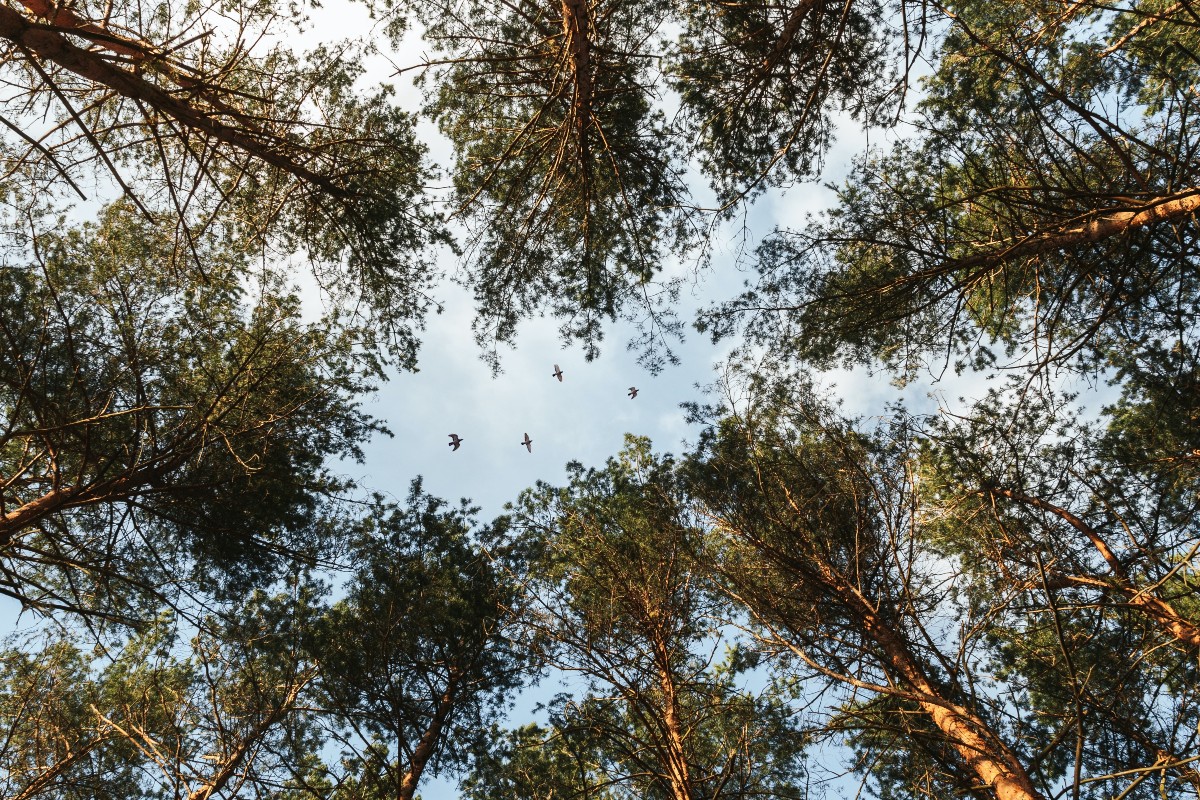By Elliott Brack
Editor and Publisher, GwinnettForum
SEPT. 30, 2022 | Forestry is mighty important to Georgia. With about two-thirds of the state covered in forests, Georgia has more plantation acres, more total timberland acreage and more privately-owned timberland acreage than any other state in the United States. And the forests provide 55,089 forest industry jobs.
![]() The director of the Georgia Forestry Commission, Tim Lowrimore, was addressing the Gwinnett Rotary Club this week, proudly telling about the industry, and introducing to us a new product Georgia timberman, “Mass timbers.” Essentially this means that Georgia wood producers have a new market for wood, Lowrimore says.
The director of the Georgia Forestry Commission, Tim Lowrimore, was addressing the Gwinnett Rotary Club this week, proudly telling about the industry, and introducing to us a new product Georgia timberman, “Mass timbers.” Essentially this means that Georgia wood producers have a new market for wood, Lowrimore says.
Mass timber is a new category of wood building product that can revolutionize how America builds. It is comprised of multiple solid wood panels nailed or glued together, which provide exceptional strength and stability. It’s a strong, low-carbon alternative to concrete and steel, which dramatically increases the structural strength. Used in Europe for years, mass timber is emerging as a new technology in North America.
This product is being used for wall board, floors and ceilings, and even be made into beams. Panels can be as long as 52 feet, six to nine feet thick. The benefits include reduced weight of the overall structure and expedited onsite building.
Mass timbers have seen usage primarily first in the Pacific Northwest. One building of this construction in Vancouver, British Columbia, is an 18 story tall dormitory.
Essentially, this means that Georgia wood producers have a new market in mass timbers, Lowrimore says.
For years, Georgia timberlands have supplied wood for many different products, pulpwood for paper, saw timber, poles and veneer logs. Georgia also produces lots of wood pellets, mostly for export to Europe.
And think of the wood products we use daily, toilet paper, grocery sacks, paper towels, diapers….and to a lesser extent these days, newsprint.
Lowrimore can also list among other basic Georgia wood products from our trees: pine straw, extracts, teas, and medicinal products, such as extracts, tinctures, and salves. (A 10 year old pine straw stand can yield up to 100 bales per acre of straw every three years. It’s a new industry, spurred on by modern professional landscapers.)
Then there are our pecans and walnuts, the fruits, including apples, peaches, pears and persimmons. Others from trees: honeys, gum, resin, turpentine…and even Shiitake mushrooms…(though they are mighty small trees.) Then there is what natives call “lightard,” that is, fat-lighter loaded with resin for starting fires.
In his talk, Lowrimore also addressed the commission’s efforts at protecting the forests through its fire-fighting program. The commission has an extensive program of working with landowners with controlled burns, which results in fewer wildfires. “We have a well-trained fire fighting force, and when a wildfire is detected, we respond in a timely manner.”
However, one of Georgia’s largest wildfires took place in the Okefenokee Swamp. A downed power line sparked the blaze on April 16, 2007. It consumed 20,000 acres in the first 48 hours alone. By April 21 it had spread into the Okefenokee Wildlife Refuge. When it was deemed contained in July, it had decimated more than 564,450 acres in Georgia and Florida, damaged nine homes and gobbled up $65 million dollars in timber.
Lowrimore says: “Coupled with the amount of prescribed burning and forest management, we are fortunate not to have many catastrophic wildfires.”
Forestry is a mighty industry in our state. Now with mass timber, here’s another way this industry can contribute to our nation.
- Have a comment? Send to: elliott@brack.net










Follow Us